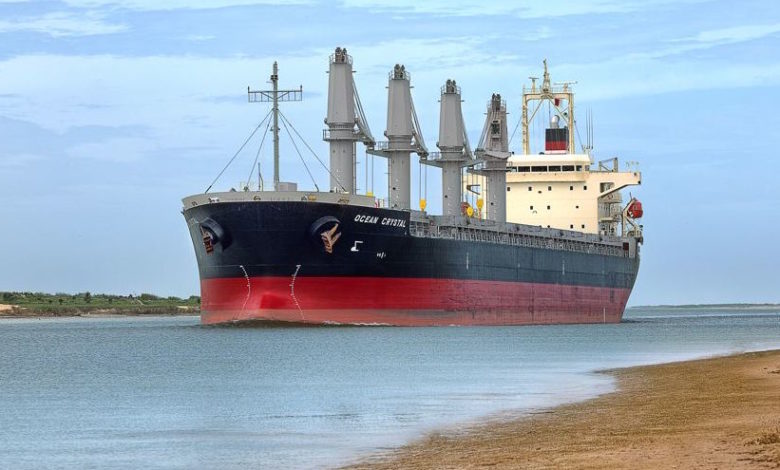Phase 2 of harbour channel deepening at Port of Brownsville set to commence

The Brownsville Navigation District and the US Army Corps of Engineers recently signed a project partnership agreement to begin work on Phase 2 of the Brazos Island Harbor (BIH) Channel Improvement Project that will see the 17-mile-long ship channel deepened from 42 feet to 52 feet. The federal government announced in March 2022 the allocation of $68m to the project.
“The completion of the Brazos Island Harbor Channel Improvement Project will not only shape the course of our future but also the economic landscape of the Rio Grande Valley,” said Brownsville Navigation District Chairman Esteban Guerra. “Increasing the depth of the ship channel to 52 feet will allow us to receive larger vessels, heavier cargo and contribute to cost savings, setting in motion the next great evolution of the Port of Brownsville.”
In 2019, NextDecade, owner of the proposed Rio Grande LNG natural gas liquefaction plant at the port, announced an agreement with the port to pay 100% of Phase 1 of the deepening project from the western boundary of its lease site along the ship channel to the entrance of the channel. In Phase 2, deepening will be executed from the port’s turning basin area to NextDecade’s proposed site. Once the project is complete, the Brownsville Ship Channel will be one of the deepest ship channels in the Gulf of Mexico.
“This project is vital to increasing clean-energy capabilities for the nation,” said US Army Corps of Engineers Galveston District Commander Col. Timothy Vail. “A deeper, more-efficient channel supports the State of Texas and our national strategy for clean energy. This project supports wind-based and other green energy expansion in Texas and across the nation by increasing imports of key materials, parts and equipment.”
According to a statement, the port is the leading multimodal logistics hub for the Rio Grande Valley. In 2021, it moved a record 13.8m tons of diverse cargo. Key commodities moving through its docks include steel, petroleum-based products, wind-energy components, aggregates and agricultural products.
